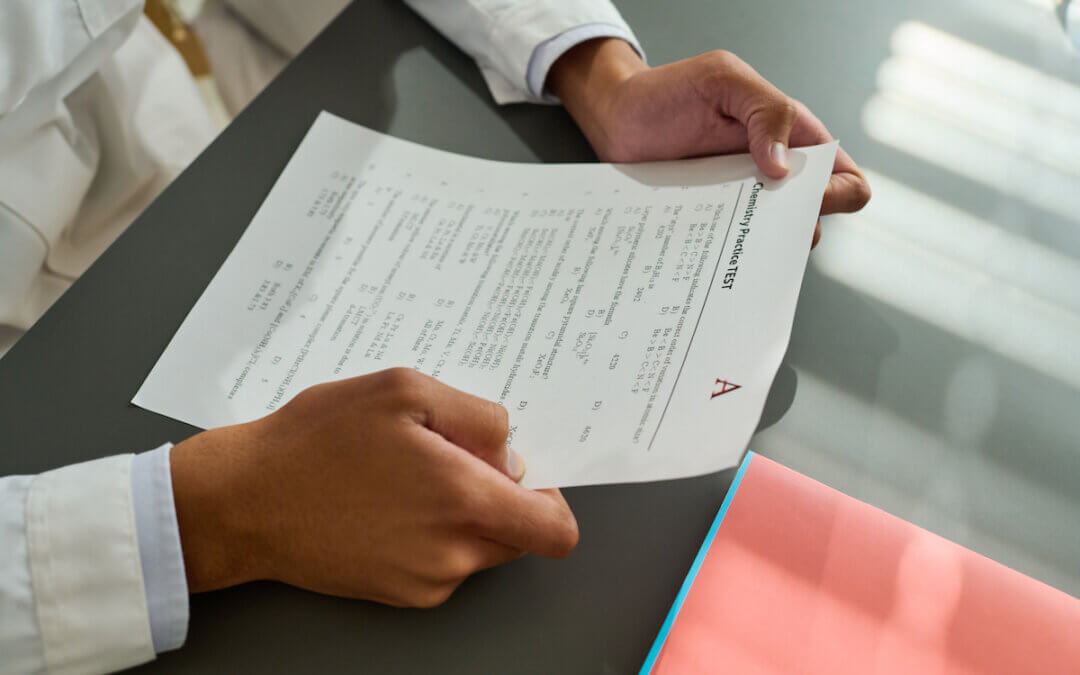The wait is finally over—last night, students across the nation were notified of their acceptance or rejection from the Ivy League schools to which they applied. “Ivy Day,” as it is called, not only brings students much-anticipated admissions decisions, but also an overarching picture of admissions trends at the most elite and selective institutions of higher education in America. This year heralds a particularly consequential admissions season for top universities—it is the first since the Supreme Court’s landmark decision ending affirmative action. It also comes amidst heightened tensions on college campuses, as institutional responses to the war in the Middle East left many students questioning their Ivy League dreams.
After years of plummeting admissions rates and ballooning applicant pools, some universities saw the tides turn this cycle. Harvard reported its highest acceptance rate in four years, accepting 3.59% of applicants, up from 3.41% last year. This follows the trend set during the 2023–24 early admissions cycle—their early acceptance rate rose to 8.74%, up from 7.56% in the 2022–23 early admissions cycle. The school also reported a 5.14% decrease in applications from last year, which may, in part, account for the buoyed acceptance rate. Brown noted a similar pattern: the institution’s acceptance rate rose to 5.16% overall, up from 5.09% for the Class of 2027, and saw a 5% decrease in applicants, which totaled 48,881. Despite the slight rise in admissions rates, this year marked the third lowest acceptance rate in Brown’s history. This trend of shrinking applicant pools will likely continue next year, as top schools such as Yale, Brown, and Dartmouth reinstate their standardized testing requirements.
Meanwhile, other Ivy League schools reported starkly different numbers. Rather than thinning, the University of Pennsylvania’s applicant pool swelled by more than 10%, numbering over 65,000—the largest in the university’s history (the university continued its practice of delaying the release of acceptance rates and demographic data). Yale also made history this year, as the school’s acceptance rate hit a historic low at 3.7%, down from 4.35% last year. Dartmouth, too, saw a 10% increase in applications, hitting a record low acceptance rate of 5.3%.
Many schools declined to release the racial and ethnic makeup of their pool of admits (either indefinitely or until the official end of the admissions cycle), following the Supreme Court’s ruling on affirmative action. However, schools tend to report other demographic information, such as the number of students from rural areas and the number of first generation students among those who were accepted.
Below are the admissions data released by Ivy League institutions for the Class of 2028 Regular Decision admissions round thus far:
Brown University:
- Applications Received: 6,244 (Early Decision) | 42,637 (Regular Decision) | 48,881 (Overall)
- Number Accepted: 898 (Early Decision) | 1,623 (Regular Decision)
- Acceptance Rate: 14.38% (Early Decision) | 3.80% (Regular Decision) | 5.16% (Overall)
Columbia:
- Applications Received: 60,248 (Early Decision and Regular Decision)
- Number Accepted: 2,319
- Acceptance Rate: 3.85%
Dartmouth:
- Applications Received: 31,657 (Overall)
- Number Accepted: 1,685 (Overall)
- Acceptance Rate: 5.3% (Overall)
Harvard:
- Applications Received: 54,008 (Overall)
- Number Accepted: 1,245 (Regular Decision)
- Acceptance Rate: 3.59% (Overall)
Princeton:
- Applications Received: TBA
- Number Accepted: TBA
- Acceptance Rate: TBA
UPenn:
- Applications Received: >65,000
- Number Accepted: TBA
- Acceptance Rate: TBA
Yale:
- Applications Received: 57,465 (Overall)
- Number Accepted: 1,365 (Regular Decision)
- Acceptance Rate: 3.7%
Updated as of: March 29, 2028 8 a.m. EST
Compiled by: Command Education
Originally published on Forbes.











